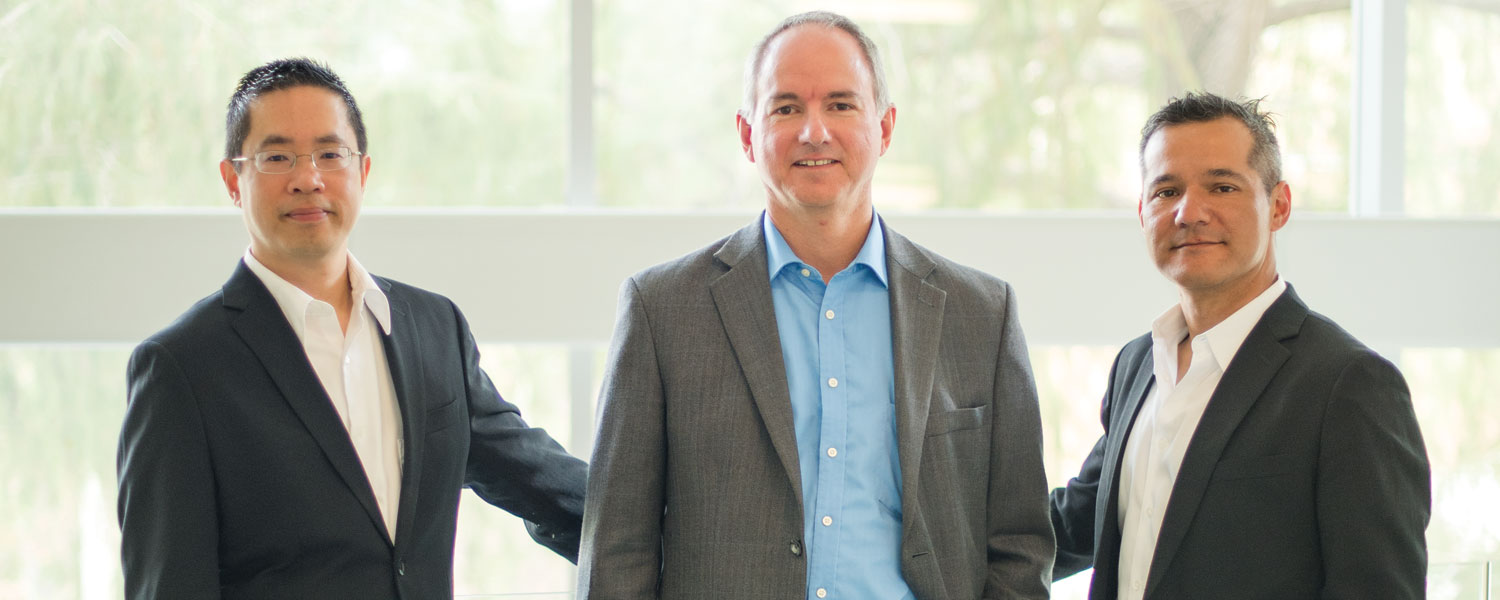cal poly news
Questions & Answers – Helene Finger

It seems that not a year goes by without some nationwide professional organization bestowing an award on Cal Poly professor Helene Finger for her work to promote diversity in the engineering industry. We spoke to the director of Cal Poly’s Women’s Engineering Program this summer after her latest recognition, the American Society for Engineering Educators’ Diversity Award.
Why do we need a program focused on fostering more women in engineering?
Historically women have been underrepresented in engineering and this has been one of the few fields where that hasn’t changed much. In fact it’s plateaued in recent years. In a lot of other fields where there weren’t a lot of women, say doctors, those fields have equalized. It’s a situation that we can address at the college level. If you don’t have more women here then they’re not graduating into the workforce.
Why are there not more women in engineering?
That’s the $50 million question. We asked the female freshmen engineering students how they ended up here, and what was surprising to us was that 80 percent of them didn’t decide until their junior or senior year of high school that they wanted to study engineering. That was actually kind of good news. It led us to the idea that if we could target more efforts in or before high school, then that’s actually a good opportunity to get them to consider the engineering option. So we do a lot of educating on what it is and what the opportunities are, and then helping them to understand that they can do it. Too many think that it’s just beyond them.
When and why did you get into engineering?
My father was an engineer, so I grew up knowing what an engineer was, but I didn’t end up deciding until my senior year of high school that I wanted to study engineering. Most of the women that I graduated from engineering school with were in that same situation. They had a parent who was an engineer — a father, not a mother.
So what are we doing at Cal Poly to address this problem?
The Cal Poly chapter of the Society of Women Engineers is a great place to start. It’s how the women’s engineering program implements most of our recruitment and retention activities. The club has over 400 members. They do outreach to students from fourth graders through high school. They build on-campus support networks, facilitate industry networking opportunities, and coordinate scholarships. We also coordinate with the admissions office. They have been really helpful in connecting us with a population that is academically qualified to attend Cal Poly but might have never considered engineering.
Are there any signs that it’s getting better, that more women are enrolling?
Definitely. Our numbers have increased substantially. Over the last few years, we’ve gone from 17 to 25 percent for our incoming freshman class being women. The female students, once we get them here, are retained at a slightly higher rate than our male students, so we’re doing a good job at retaining them. That isn’t the case across the nation. So our big push is just to get them in the door.
If you could say one thing to a girl in the fourth grade that is hearing about engineering for the first time, if you have just one moment to talk to her, what would you say?
I would tell her that she is smart enough to be an engineer, and that there are so many different opportunities in the world of engineering that she could definitely find a career path that she would absolutely love.





